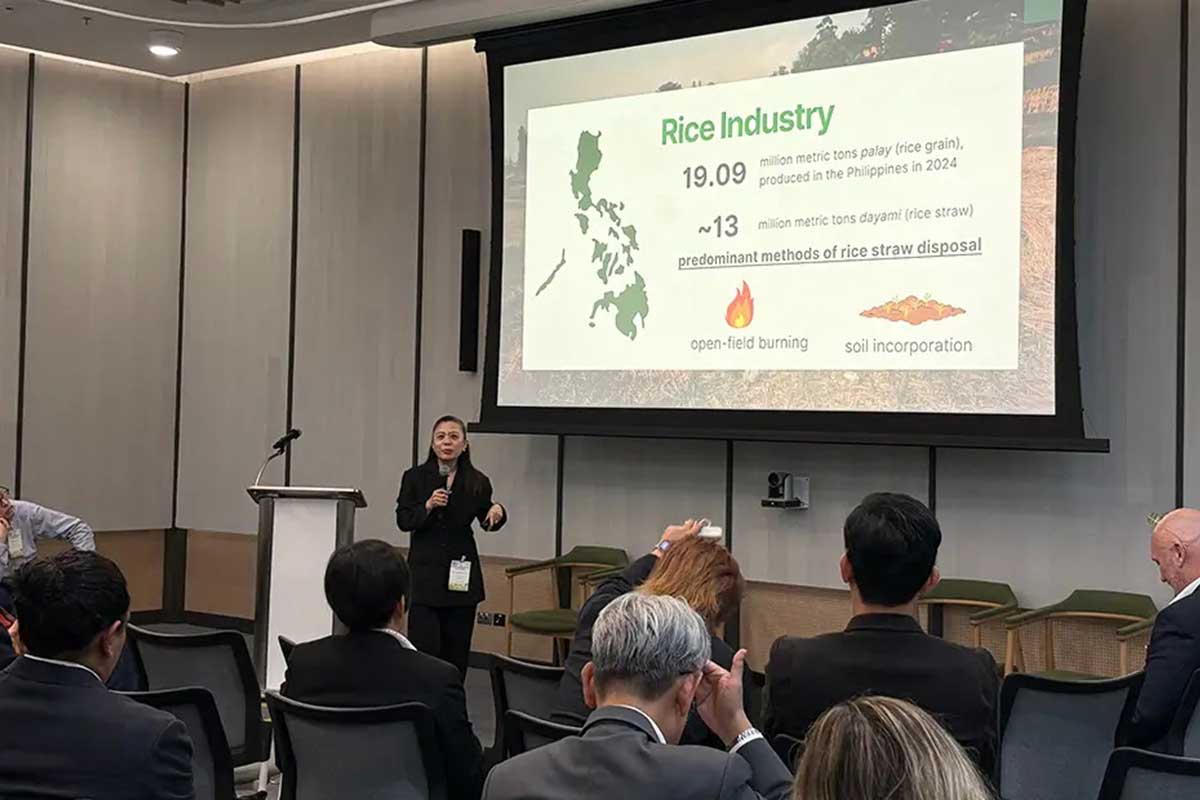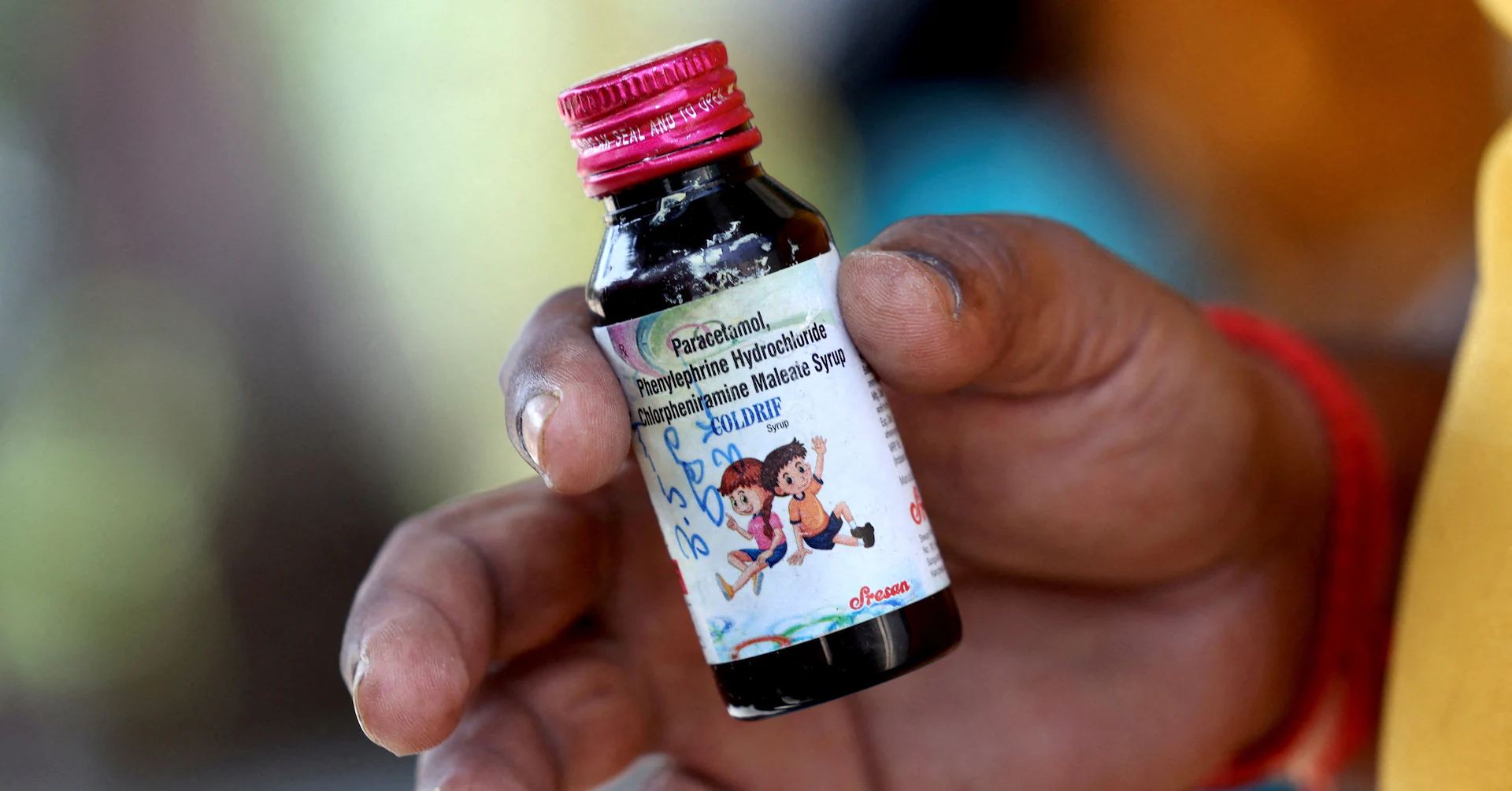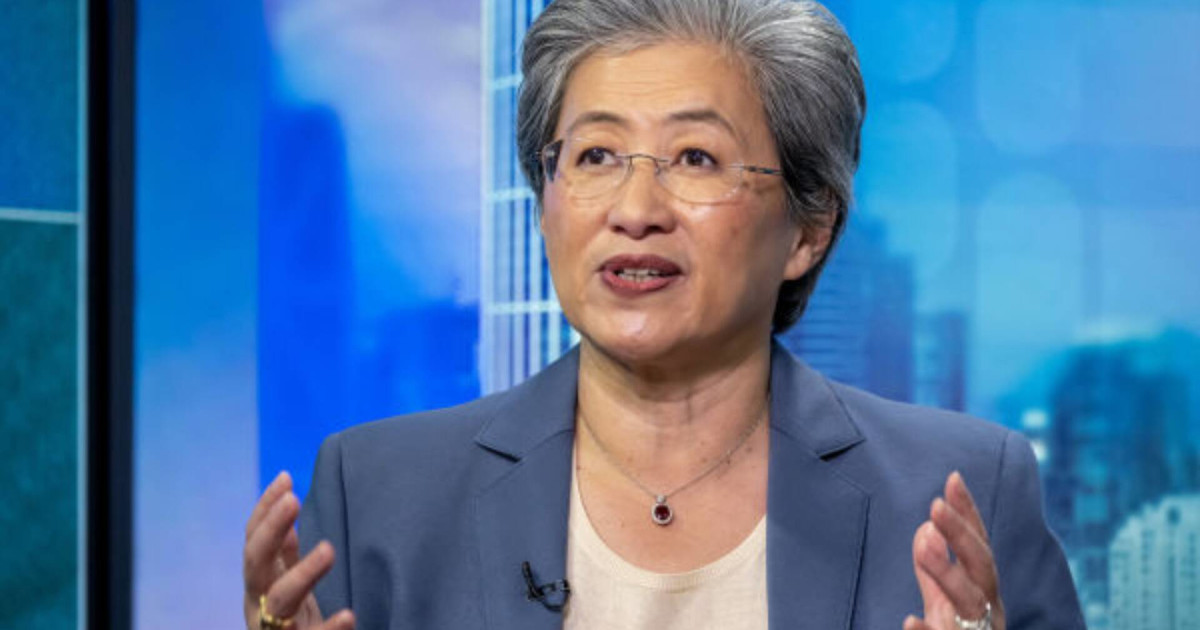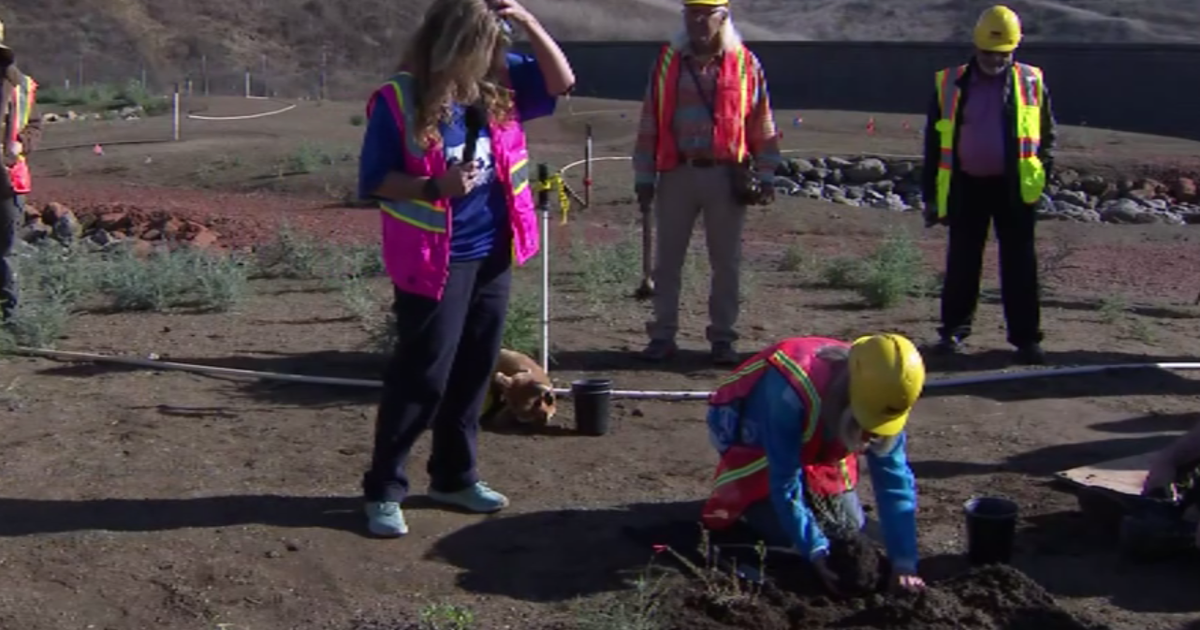Copyright journal

BANGKOK, Thailand — The Southeast Asian Regional Center for Graduate Study and Research in Agriculture (SEARCA) introduced its pioneering Dayami Hub concept under the Rice Straw Biogas Hub project during the Agrifuture Conference and Exhibition 2025, held in Bangkok on 23–24 September 2025. The event, organized by the German Agricultural Society (DLG Asia Pacific), brought together over 300 participants from government agencies, private enterprises, innovation entities, and sustainability groups from more than 20 countries across Southeast Asia and beyond. With the theme “Clean Practices and Green Innovations for a Sustainable Agri-Food System,” the conference highlighted efforts toward sustainable and environmentally friendly practices in the agri-food sector. The conference was held alongside the Friends of Thai Agriculture (FTA) 2nd Agricultural Burning Conference, themed “Putting Out the Fire: Advancing Solutions for Sustainable Post-Harvest Biomass Utilization.” In a breakout session on residue-to-value technologies, moderated by the Food and Agriculture Organization of the United Nations (FAO), Ms. Lichelle Dara Carlos, Program Specialist at SEARCA’s Emerging Innovation for Growth Department, presented the Dayami Hub as a national strategy to address rice straw burning, mitigate greenhouse gas emissions, and diversify farmer income sources. Carlos highlighted that the Philippines generates at least 13 million tons of dayami (rice straw) annually—a valuable biomass resource that can be converted into soil amendments, food or feed inputs, and bioenergy. The session also featured speakers from the Thailand Department of Agricultural Extension, Thailand Development Research Institute, TOWING Co. Ltd. (Japan), QUBE Renewables Ltd., SEARCA, and Warm Heart Foundation. The Dayami Hub is an integrated, community-based facility that applies a circular economy model to transform rice straw into socio-economic opportunities while reducing greenhouse gas (GHG) emissions, notably methane. The concept aims to raise the rice straw utilization rate from 14% to 70% by eliminating open-field burning and reducing decomposition in flooded fields—practices linked to increased methane emissions, health risks, and soil nutrient loss. This transition also unlocks economic value that would otherwise be lost through burning. Key components of the hub include rice straw collection machinery and services, processing facilities that create products such as compost and biochar for soil health, substrate for mushroom cultivation, animal fodder, and bioenergy (such as biogas for household fuel or electricity). Processing residues, like spent straw from mushroom production or digestate from biogas, are returned to fields as compost and fertilizer. The Dayami Hub was conceptualized under the Rice Straw Biogas Hub (RSBH), a UK Innovate-funded, three-year project converting rice straw into valuable inputs for bioenergy and climate action. Regional perspectives were also shared at the conference. Thailand’s Department of Agricultural Extension called for non-burning agriculture to combat global warming and reduce particulate pollution, recommending increased utilization of agricultural waste and support for perennial and alternative crops. The Thailand Development Research Institute introduced policy packages to curb rice stubble burning, such as subsidies, tillage services, social mobilization, and rewards for fire-free villages. The Warm Heart Foundation shared initiatives training smallholder farmers to make and use biochar, a soil-enhancing product from agricultural waste. TOWING Co. Ltd. demonstrated Soratan, a microbial biochar-based soil improver. UK-based QUBE Renewables showcased a biodigester converting rice straw into biogas. The importance of rapid on-field microbial composting for mountainous areas was also discussed. FAO Chief Technical Adviser Brett Shields remarked, “when the fire is low, methane production is high.” Shields noted that while open burning has declined in the Philippines, improper rice straw incorporation can still drive up emissions. The Dayami Hub addresses these challenges by promoting sustainable straw utilization. Conference participants visited local farms to witness technological innovations, including biomass collection machinery, automated planting, non-destructive fruit testing, drone spraying, and advanced harvest preservation techniques.



